Desde que se proyectara en Cannes como colofón final, el remake de Maniac (1980 – William Lustig) a manos del director francés Franck Khalfoun era más que un must. Frank Zito (mi Elijah Wood) es un joven perturbado que vive una vida aislada con su sobre-protectora madre. Después de que la susodicha muera, Frank no es capaz de sobrellevar la tragedia y pronto se ve envuelto en una nueva era de asesinatos. Su furia le lleva a perseguir a jovencitas hasta que conoce a una chica que es artista, Anna (Nora Arnezeder); con la que quiere abrir una galería. Ahí se genera su debate mental en el que se enfrentan su deseo por encontrar el amor verdadero o simplemente añadirla a su lista de víctimas.

El remake de Khalfoun se encarga de combinar los ideales de arte y ensayo con una violencia completamente diabólica y enfermiza para formar un cocktail sangriento pero muy hermoso que es a menudo difícil de tragar. Me recordó un poco a “Switchblade Romance” en el sentido de que sus imágenes crudas y viscerales se contraponen a su inteligencia punzante y entrometida. Y mientras que Maniac no se alza como una gran película a nivel cinematográfico (fuera del género de terror), en su salsa, en el slasher; es una de las mejores cintas que he visto en mucho tiempo.

De la misma manera que la original, la película es tremendamente misógina, dominada por egos cargados de testosterona y poder, y dirigida con un gran énfasis en el lado del macho. Siguiente una técnica afamada en el Film Noir, esta versión de la historia vendría a ser una celebración de 90 minutos del odio a la mujer en la superficie; pero cuando la audiencia excava en esta perturbadora fachada, los tonos y capas psicológicas empiezan a aparecer para engrandar la película a una dimensión fílmica más artística e intrigante.

No se puede negar que la cinta es muy violenta. No podemos pensar aquí en los típicos remakes como “La última casa a la izquierda” (The last house on the left) o
“Straw Dogs”; aquí, la obra de Khalfoun está empapada de sangre, de gore y de secuencias humillantes e indigeribles. La lujuria de Frank por la muerte, el abuso sexual y la destrucción hacen el visionado de la película digno de cualquier pervertido. El trofeo de cada uno de los asesinatos es llevarse el cuero cabelludo de sus víctimas en una creciente locura. No es, sin lugar a dudas, la cinta más violenta que haya visto pero “Maniac” está formada en una atmósfera tan potente que es en muchos momentos incómoda de ver. Aunque Elijah ya nos ofreció su otra cara más polémica en “Sin City”, no esperéis que en esta sea ni la mitad de formalito, aquí otorga a la película una gráfica de naturaleza casi repugnante. Comentar así que su actuación es un portento, retrata unos rasgos gentiles aunque algo pintorescos al inicio de la misma pero su evolución hacia el monstruo final es… demoledora. Podríamos decir que es claramente su papel más ambicioso y osado en mucho tiempo, no es nada de lo que hayamos visto con anterioridad, no es Frodo.

"Maniac" es genuinamente cruel y un trabajo desconcertante que se mantiene en tu mente a través del tiempo, en el tren de camino a casa, para mí. Es raro pensar que Thomas Langman haya pasado de producir “The Artist” para producir esta cinta, pero con la ayuda de Alexandre Aja, la pareja ha respaldado la creación de esta bestia, cuyo visionado debería tomarse con extremo cuidado.
Finalmente dejar un par de aportes, y es que Frank trabaja restaurando maniquís vintage y esto a mi me da muchísimo miedo. Y lo último es que tiene un aire a “Psicosis”, que echa para atrás; y si no lo comento parece que no sé de cine.









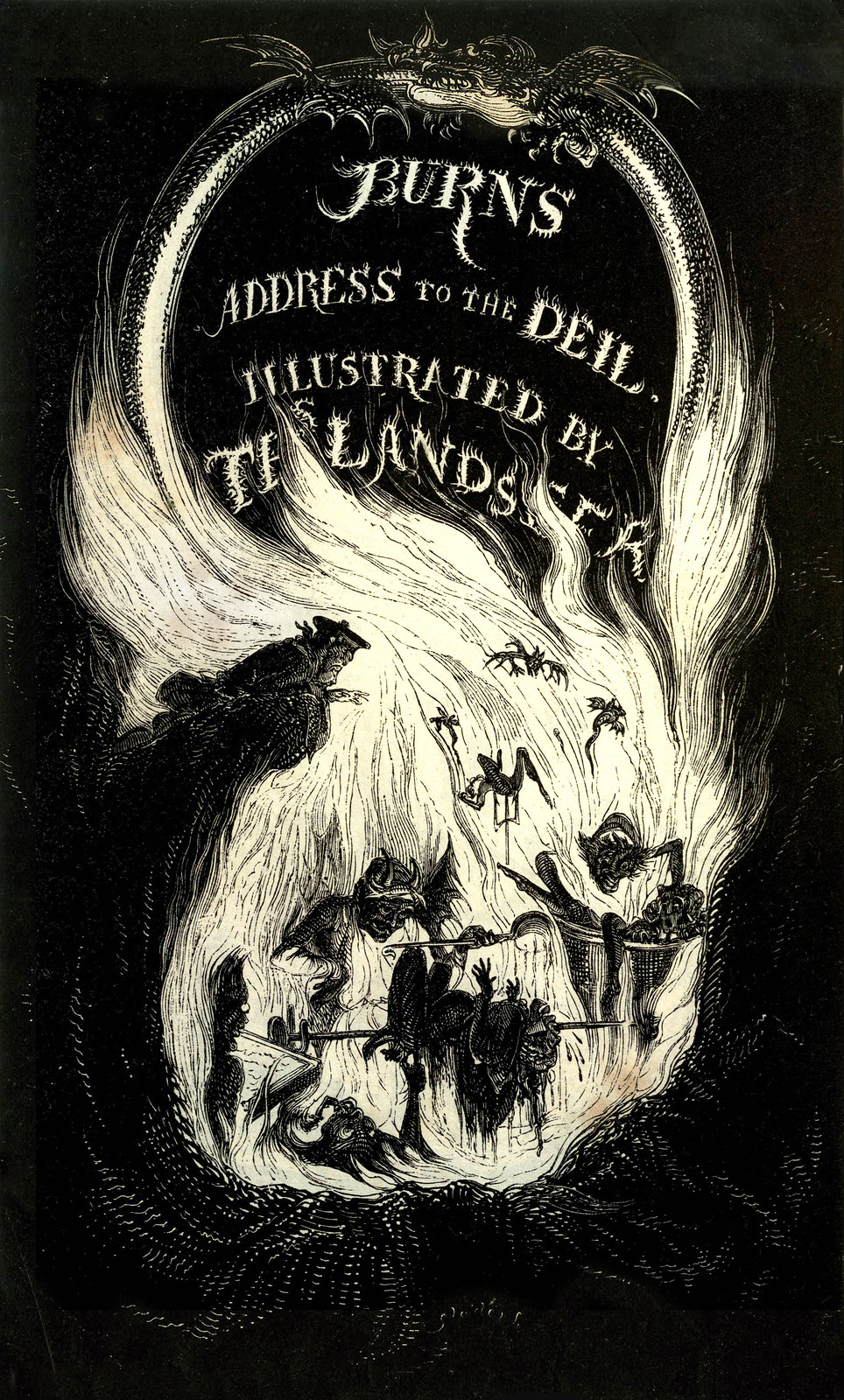
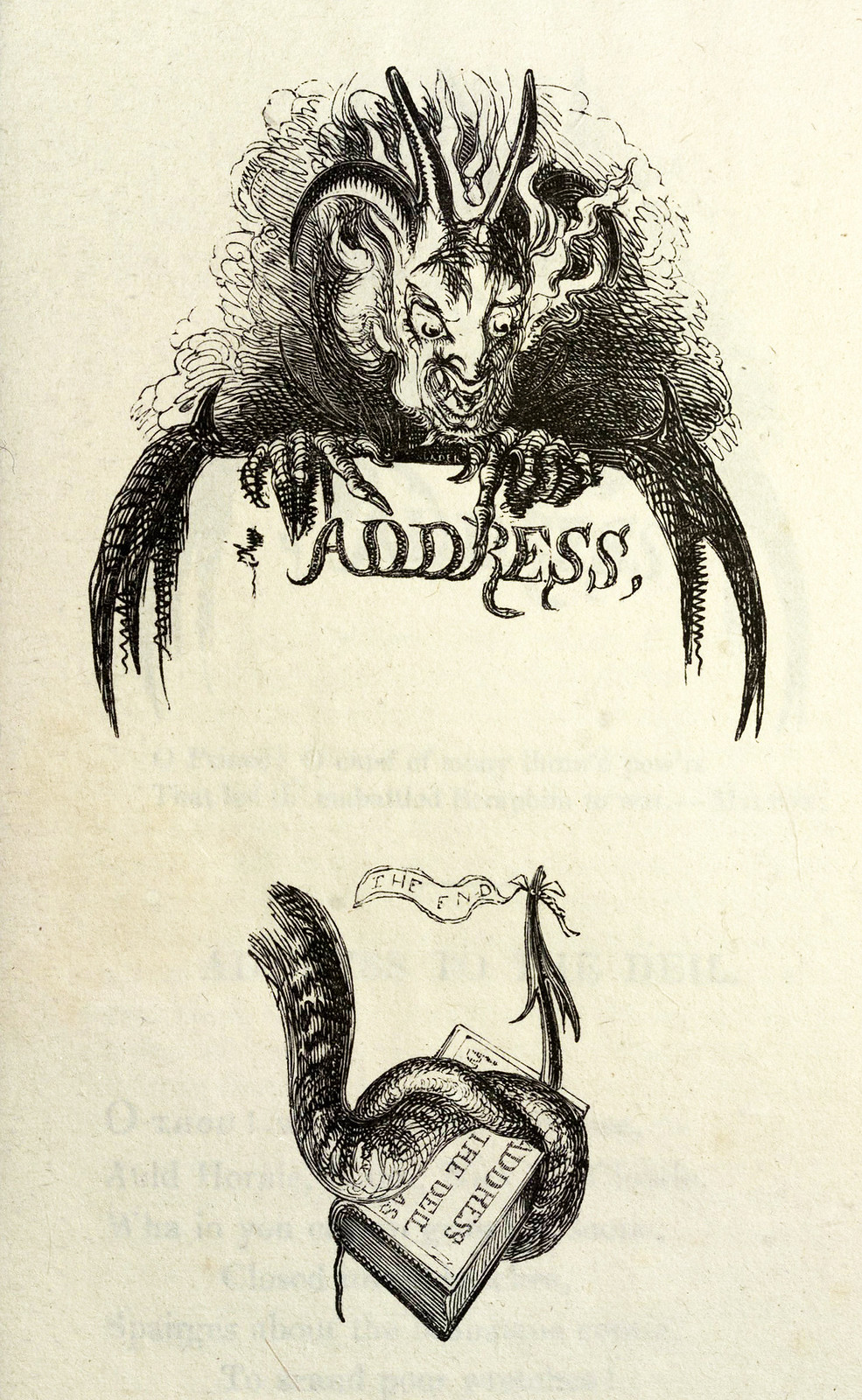
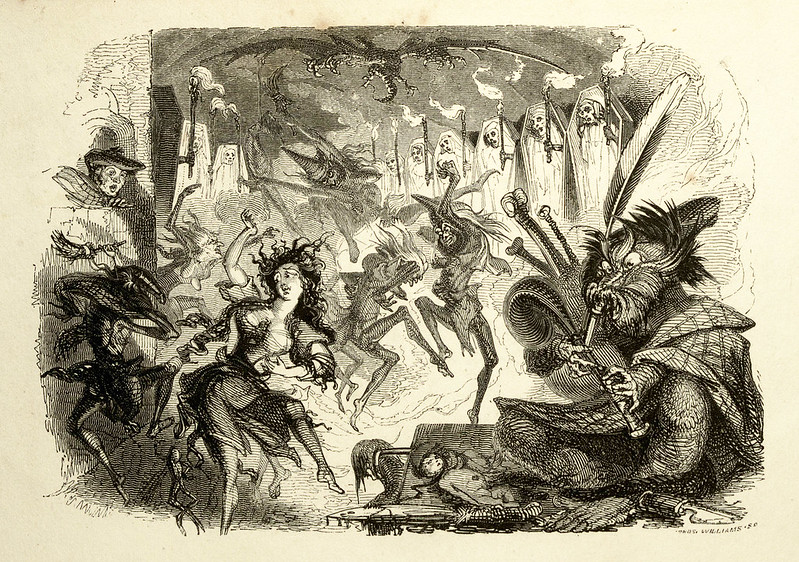

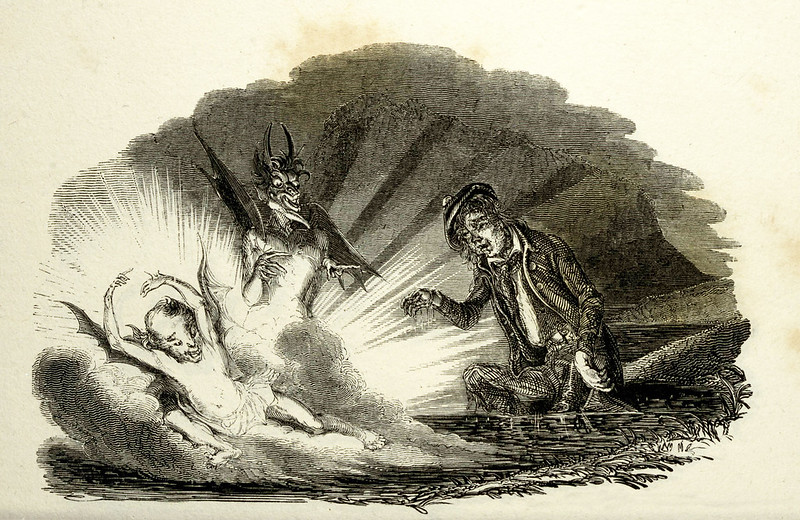
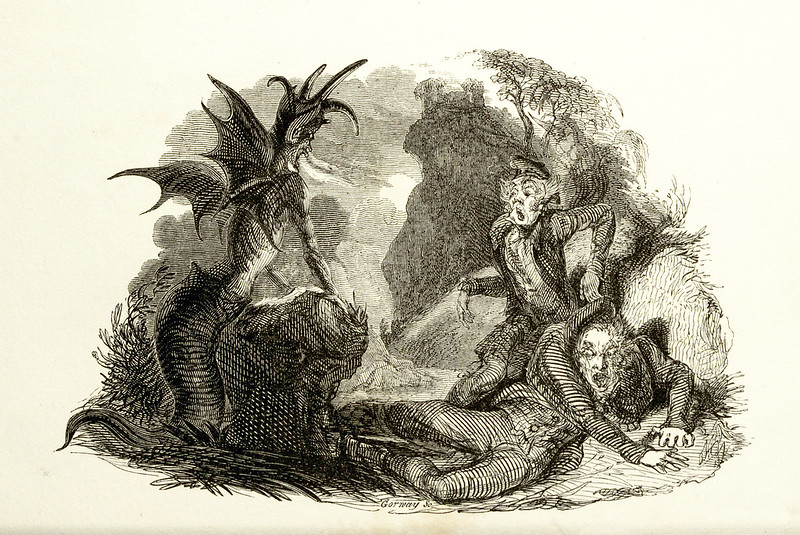
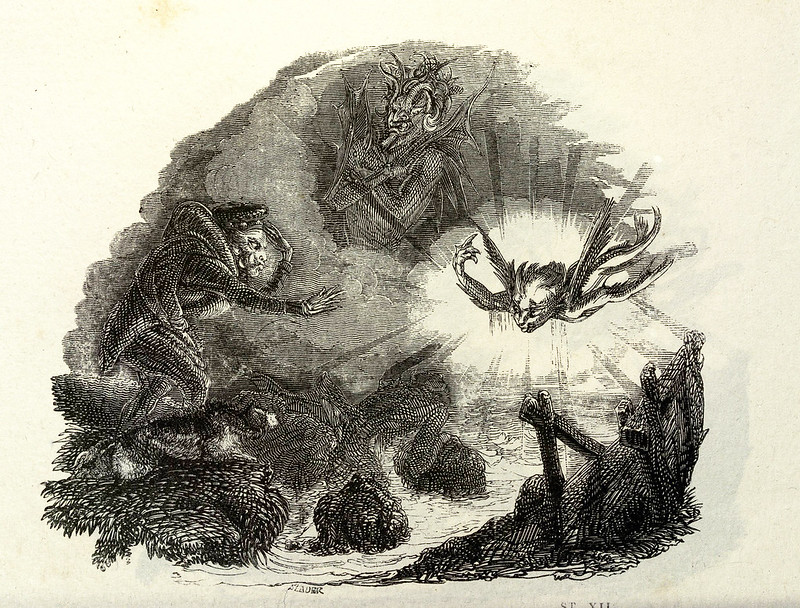
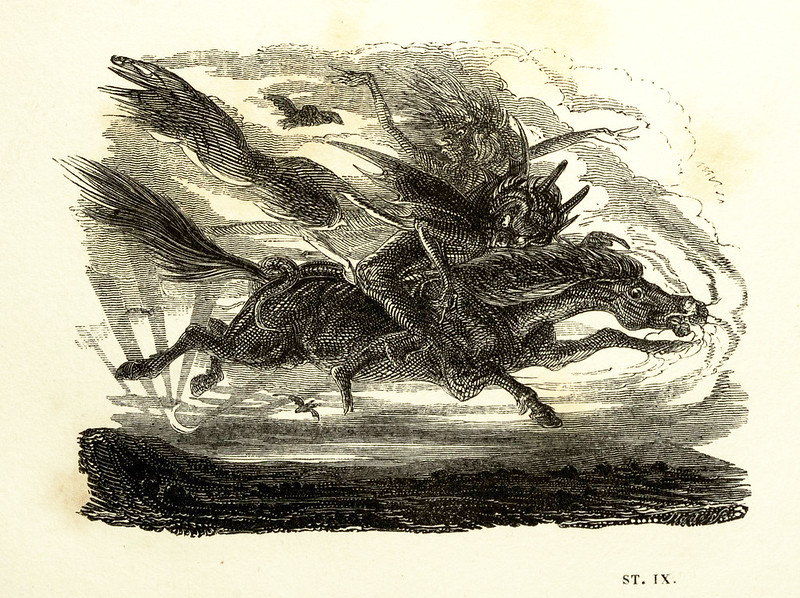
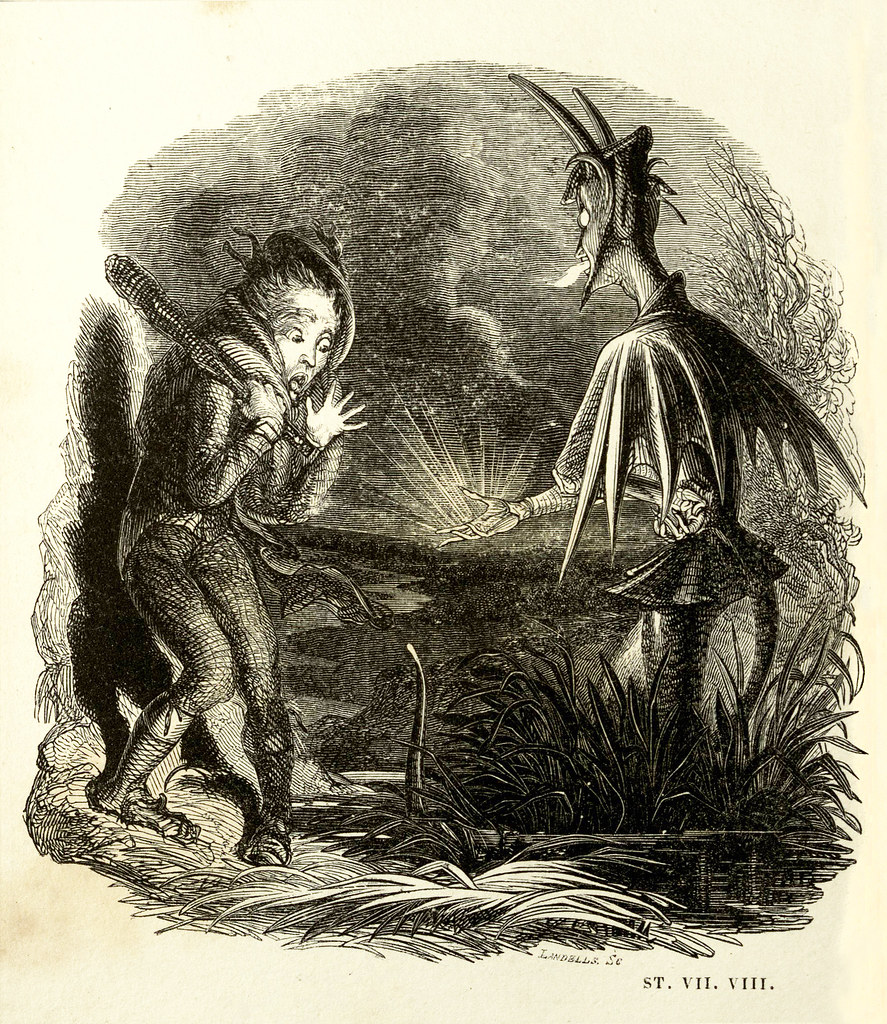








.jpg)
.jpg)
.jpg)

.jpg)